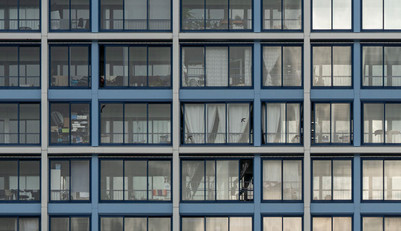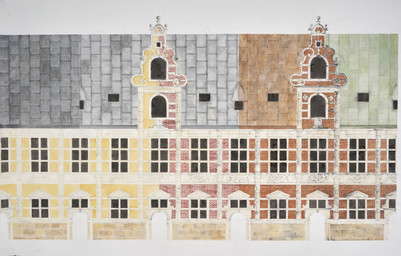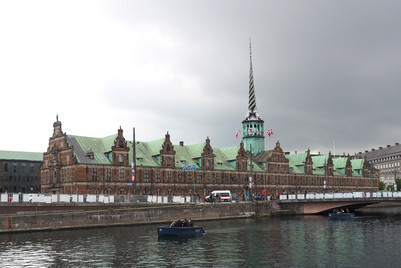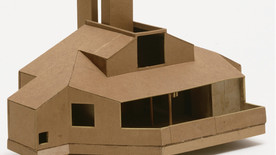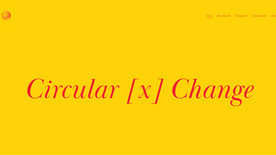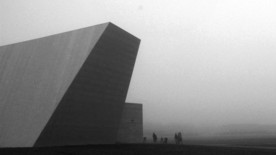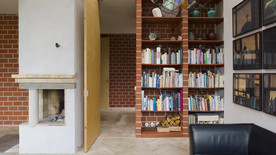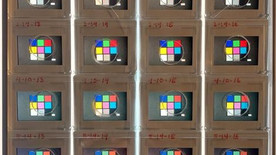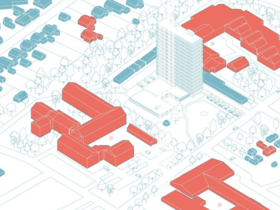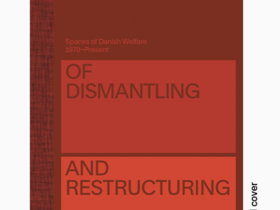
Conference Abstract | Ian Gwilt and Aprille Chua Jia Qi

An Investigation into the Use of Augmented Environmental Graphic Design to Help Improve Employee Wellbeing within the Healthcare Workplace
This research explores the idea that the deployment of Environmental Graphic Design (EGD), with the addition of digital Augmented Reality (AR) content, can have a positive impact on the work experience and emotional wellbeing of healthcare professionals working within a healthcare environment such as a hospital or clinic. Research todate has been primarily concerned with the impact of EGD and/or AR on the patient experience with less attention given to how these factors might impact on the work experience of healthcare employees.
Although there is a body of research which outlines how AR technologies are being used in business, industry, education, healthcare and the entertainment sectors, there is limited research on how AR and EGD might be used together. For the purpose of this research we have defined the term Environmental Graphic Design to include all 2D visual aspects of wayfinding, communication, identity and information placemaking that connect people to the built environment, and use the term Augmented Reality (AR) to describe an interactive experience that uses digital technologies and devices to overlay the physical environment with located digital content.
In this positioning paper we will outline an experimental case study in which a design prototype will be developed and tested to ascertain the effectiveness of a digitally augmented Environmental Graphic Design intervention on the work experience and emotional wellbeing of healthcare professionals in a healthcare context. A focus group discussion will be conducted to identify the type of AR content and EGD required for the prototype design. User testing of the design prototype will be captured through a think-aloud protocol whereby participants verbalise their thoughts as they experience the intervention. Data collected from field observations and focus group interviews will also be analysed and evaluated using a framework specially devised for the research.
The ‘EGDAR’ framework integrates the three psychological needs from Self-Determination Theory (Autonomy, Competence, Relatedness) with two spatial design concepts that underpin the combined AR/ EGD model - Salutogenic Design and Positive Technology. The EGDAR framework will be used to code the raw data in order to understand if and how the combined physical/ digital content of an Environmental Graphic Design can help to fulfil and support the psychological needs of healthcare professionals.
Ian Gwilt. Academic/Researcher Designer/Digital Artist. Ian Gwilt is a Professor of Design in UniSA: Creative, University of South Australia, Adelaide. His current areas of research include practice and theory in visual communication design in the context of healthcare and well-being, the development of novel information visualization techniques to facilitate the understanding of data for non-specialist audiences, and the design of hybrid environments and experiences; interactive installations, augmented reality artefacts and locations that shape the experience of public spaces.
Aprille Chua is a second year PhD candidate at the University of South Australia. She is passionate and self-driven towards her research work, themed ‘Designing for health and wellbeing’. Her educational background in interior design and work experience as an educator led to her interest in exploring how visual design that incorporates the use of augmented reality can help to improve individuals’ wellbeing within the environment. Before devoting her time to research, Aprille has been dedicated to her teaching and mentoring roles for more than 7 years.




